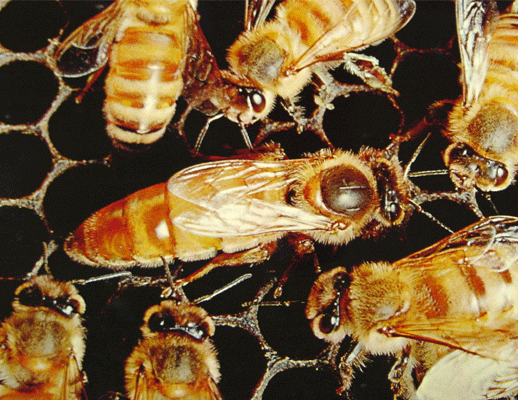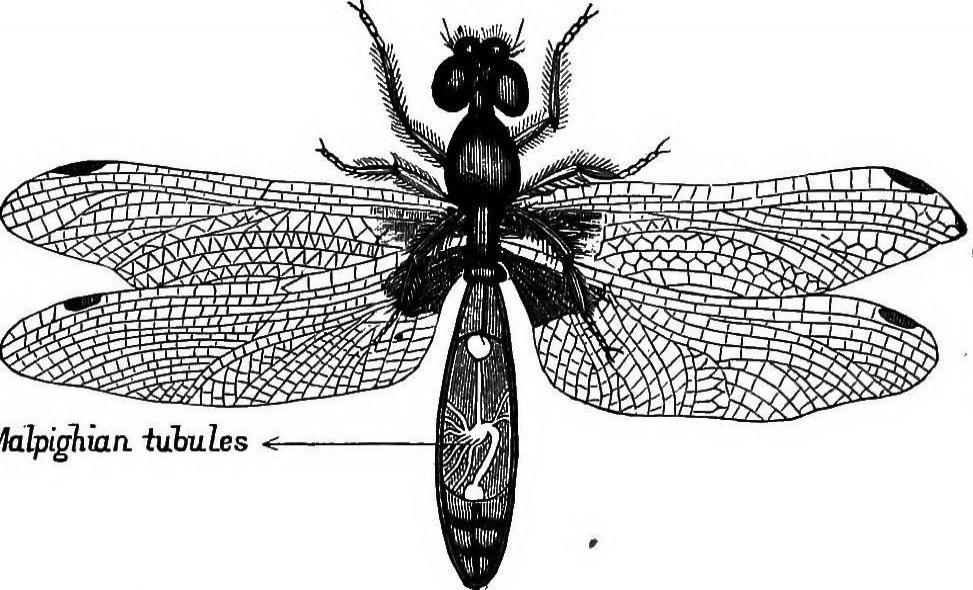At AllThingsNature, we're committed to delivering accurate, trustworthy information. Our expert-authored content is rigorously fact-checked and sourced from credible authorities. Discover how we uphold the highest standards in providing you with reliable knowledge.
What Is the Spermatheca?
The spermatheca is a structure of the reproductive tract in female animals. It is found primarily in invertebrates but also appears in some vertebrates. The organ also is known as the receptacula seminis, sperm pouch or seminal receptacle.
The purpose of the spermatheca is to hold sperm from the male of a species. Fertilization also can take place in this organ. Sperm pouches vary in size and shape even within species, and thus the amount of sperm that females can contain in spermathecae is not consistent. The cause for these variances is not entirely known. Multiple spermathecae are present in some species.

Insects are the primary examples of species that have spermathecae. In particular, spermathecae of queen bees has been a focus of study because of the ramifications for hive preservation. Recepticle organs for sperm are also found in other organisms. Examples include some species of mollusks, fish, frogs and worms.
Scientists have focused attention on spermathecae in part because of the role that they play in natural selection and evolution. Members of species that do not have sperm pouches are at an evolutionary disadvantage, because sperm survives only for a short period within the reproductive tract. Where spermathecae are present, fertilization might take place long after the males and females have separated from each other, because the female can store the sperm necessary until her oocytes, or egg cells, mature. This is particularly an advantage when there are a limited number of males in a population.

The function of the spermatheca is to contain sperm in the female for later use, but like any other cell, sperm cells are subject to damage by multiple factors. Studies of spermathecae have shown that particular proteins extend the longevity of the sperm. The proteins essentially act like a preservative. In some species, sperm is preserved in the spermatheca for years.
Although the presence of spermathecae is helpful to species from the standpoint of natural selection, it is not by itself a guarantee of fertilization. Problems with egg production still might occur in the female for instance. As in humans, the quality of sperm also can fluctuate based on genetic mutations and the overall health of the fertilizing male.
Scientists have studied spermathecae through simple physical dissection. Those performing dissection have been able to determine whether insemination has been successful by looking at the appearance of the spermatheca. A spermatheca that has not been involved in insemination looks clearer when compared with one that has, because of the presence of the sperm.
Frequently Asked Questions
What is a spermatheca and what is its primary function?
A spermatheca is a specialized organ found in the reproductive tract of many female invertebrates, such as insects, spiders, and mollusks. Its primary function is to store sperm after mating. This allows the female to control when to fertilize her eggs, ensuring that sperm is available even when males are not, thereby optimizing reproductive success.
How does the spermatheca contribute to a species' reproductive strategy?
The spermatheca plays a crucial role in a species' reproductive strategy by allowing females to mate at an optimal time and then fertilize eggs as conditions become favorable for offspring survival. This can include waiting for adequate food resources or the right environmental conditions, which enhances the chances of progeny survival and thus contributes to the evolutionary success of the species.
Can the spermatheca influence the genetic diversity of offspring?
Yes, the spermatheca can influence genetic diversity. In species where females mate with multiple males, the spermatheca can store different sets of sperm, which can be selectively used to fertilize eggs. This selective fertilization can increase genetic diversity among offspring, which is beneficial for the adaptability and resilience of the population.
Is the spermatheca unique to invertebrates, or do vertebrates have a similar structure?
The spermatheca is primarily associated with invertebrates. Vertebrates do not possess a spermatheca; however, some vertebrates have analogous structures or strategies for sperm storage. For example, female birds have sperm storage tubules, and reptiles have specialized areas within their oviducts for storing sperm, serving a similar purpose to the spermatheca.
How long can sperm remain viable within the spermatheca?
The viability of sperm within the spermatheca can vary widely among species, ranging from a few days to several years. For instance, queen honeybees are known to store sperm for several years, maintaining its viability to fertilize eggs throughout their lifetime. This longevity is essential for species with infrequent mating opportunities or long-lived females.
Does the presence of a spermatheca affect the mating behavior of species?
Indeed, the presence of a spermatheca can significantly affect mating behavior. In species with this organ, females may be more selective in choosing mates since they need to mate less frequently. Additionally, males may evolve strategies to ensure their sperm is preferentially used, such as mating plugs or behaviors that discourage subsequent matings by the female.
AS FEATURED ON:
AS FEATURED ON:












Discuss this Article
Post your comments